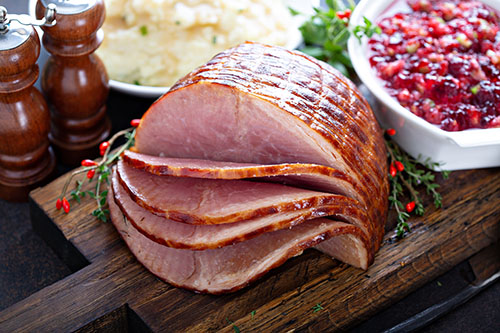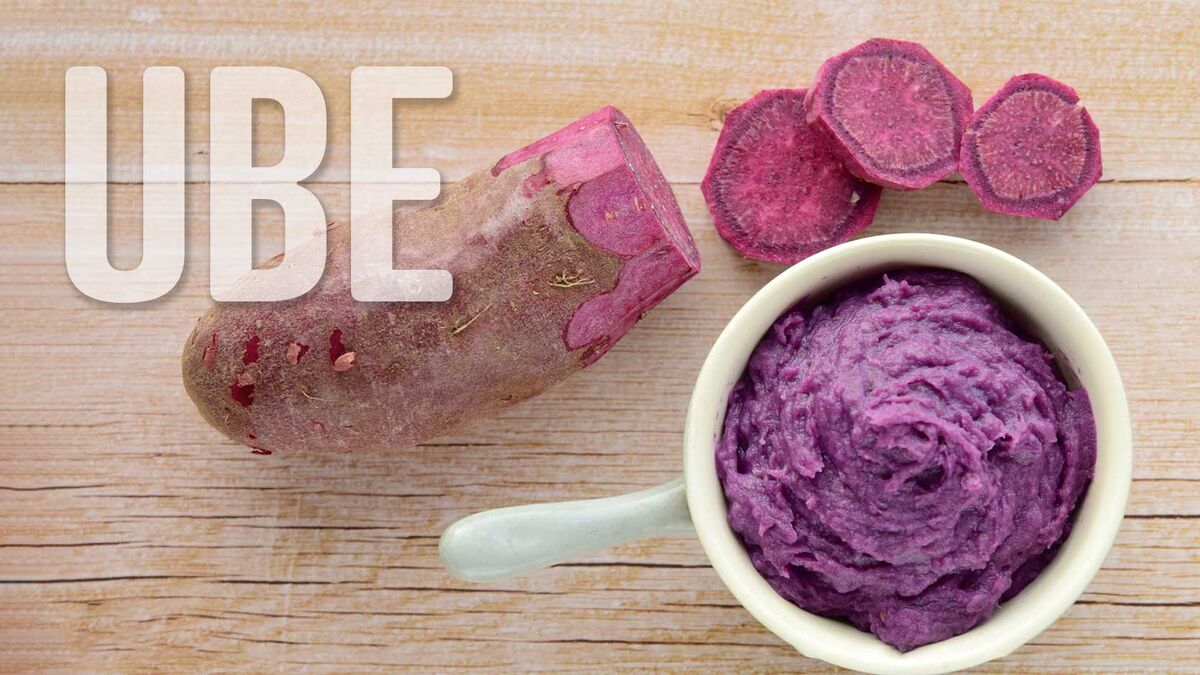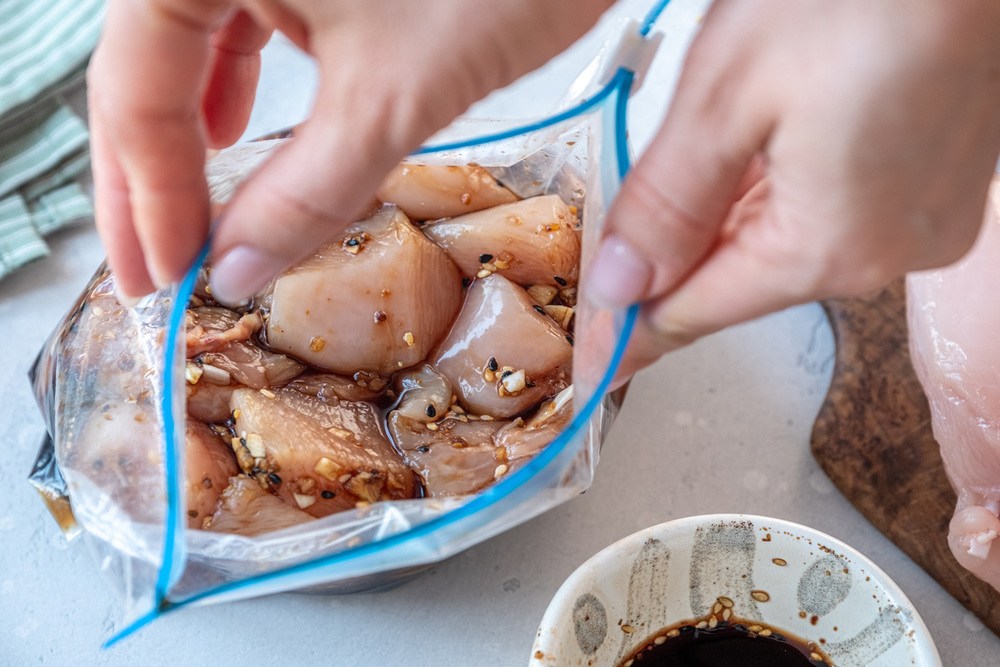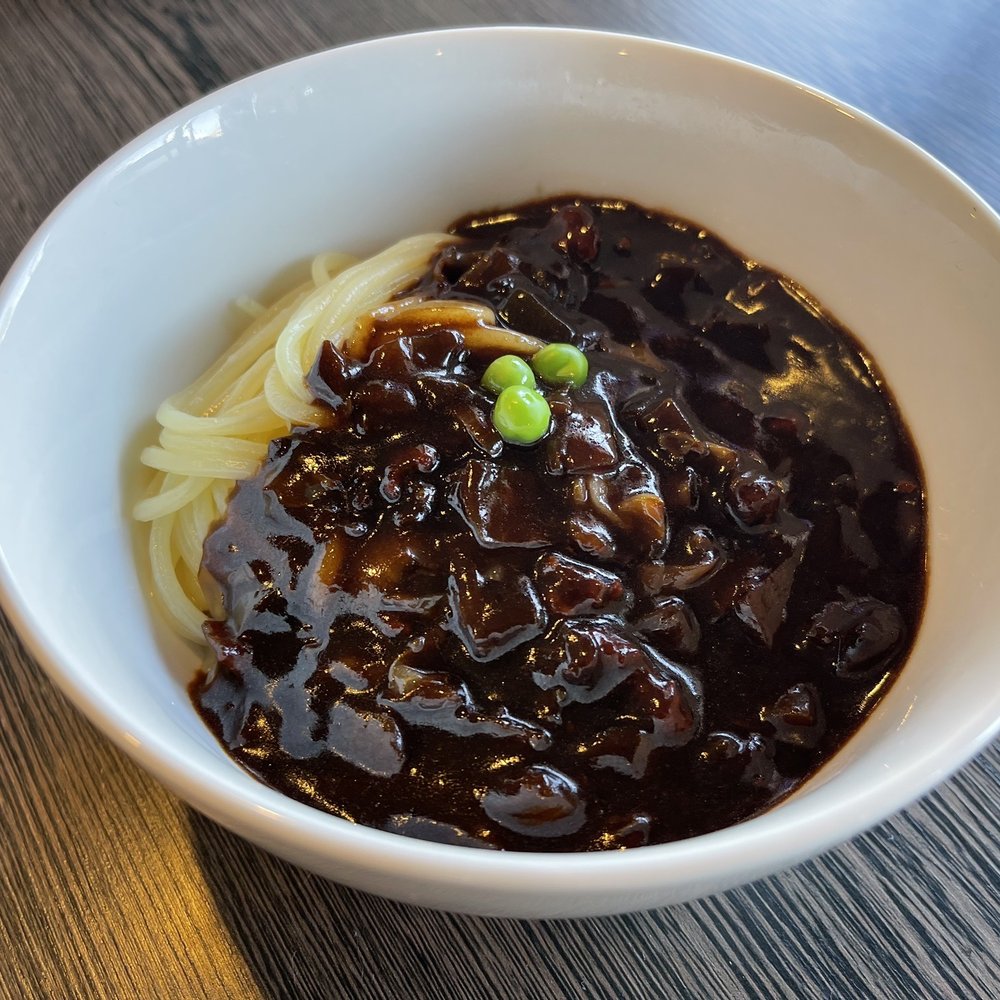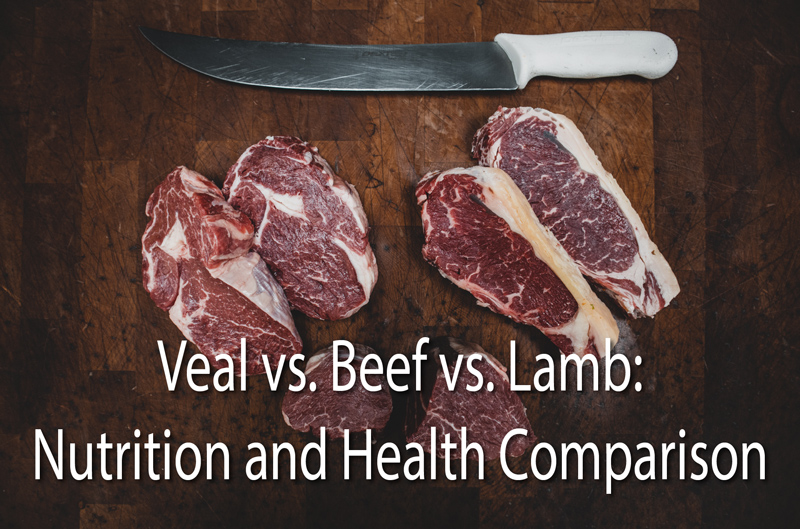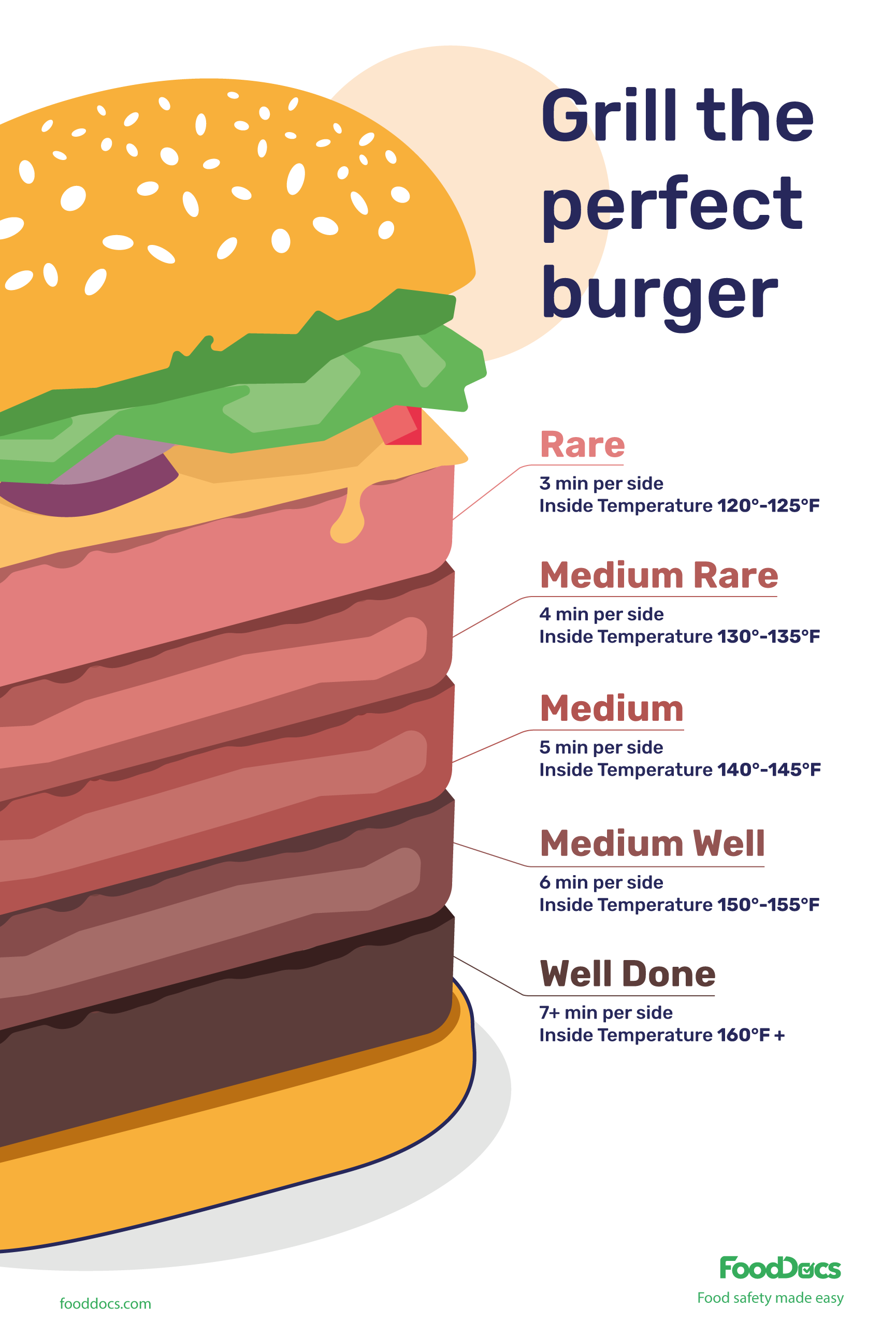What is uncured ham, and is it healthier?
1. Ham is the most popular cold cut in America.
2. The process of making ham involves smoking and curing.
3. Smoking meat is well known, but the curing process is less understood.
4. Curing serves as an anti-bacterial measure.
5. The text does not provide enough context for a summary.
